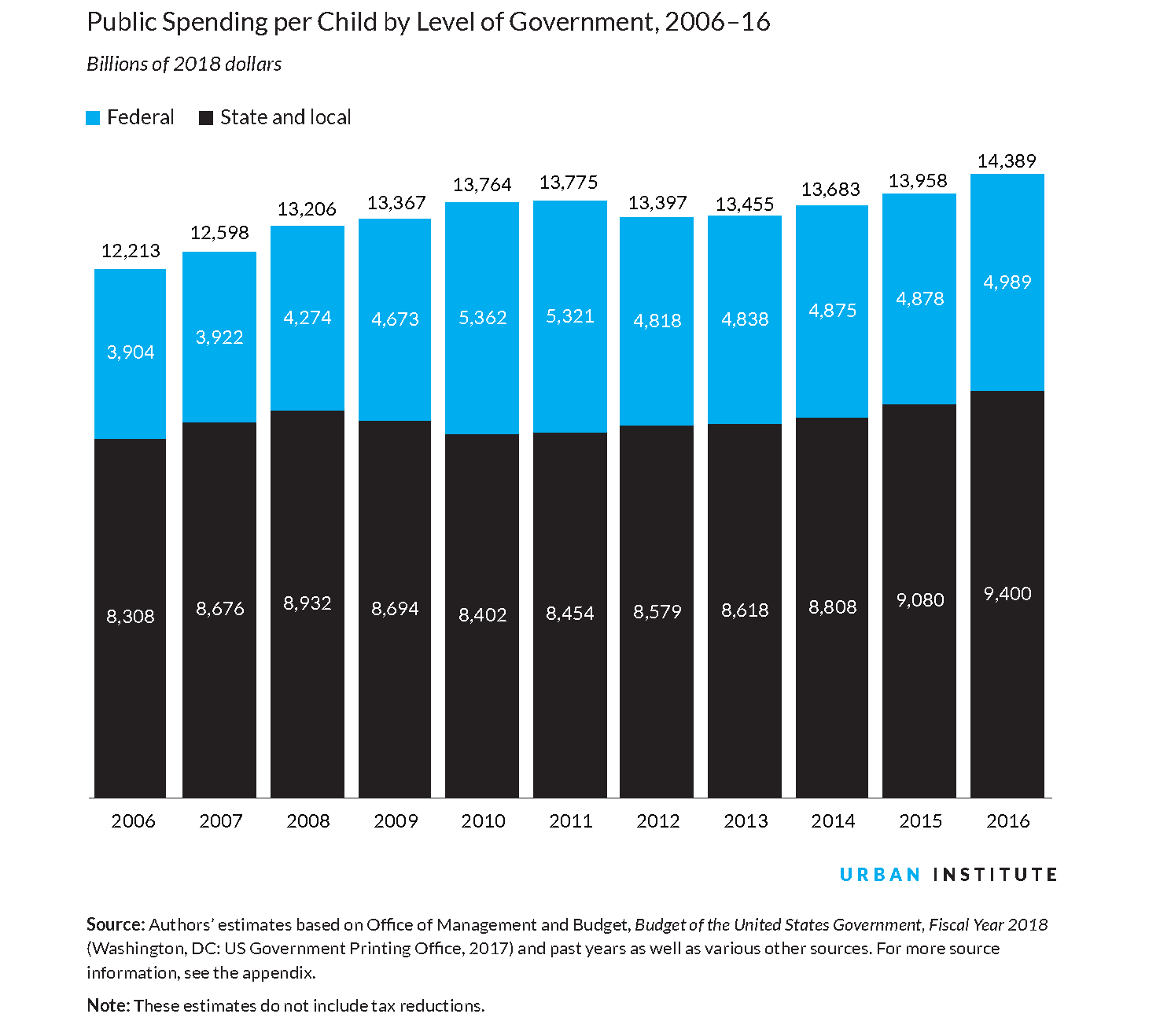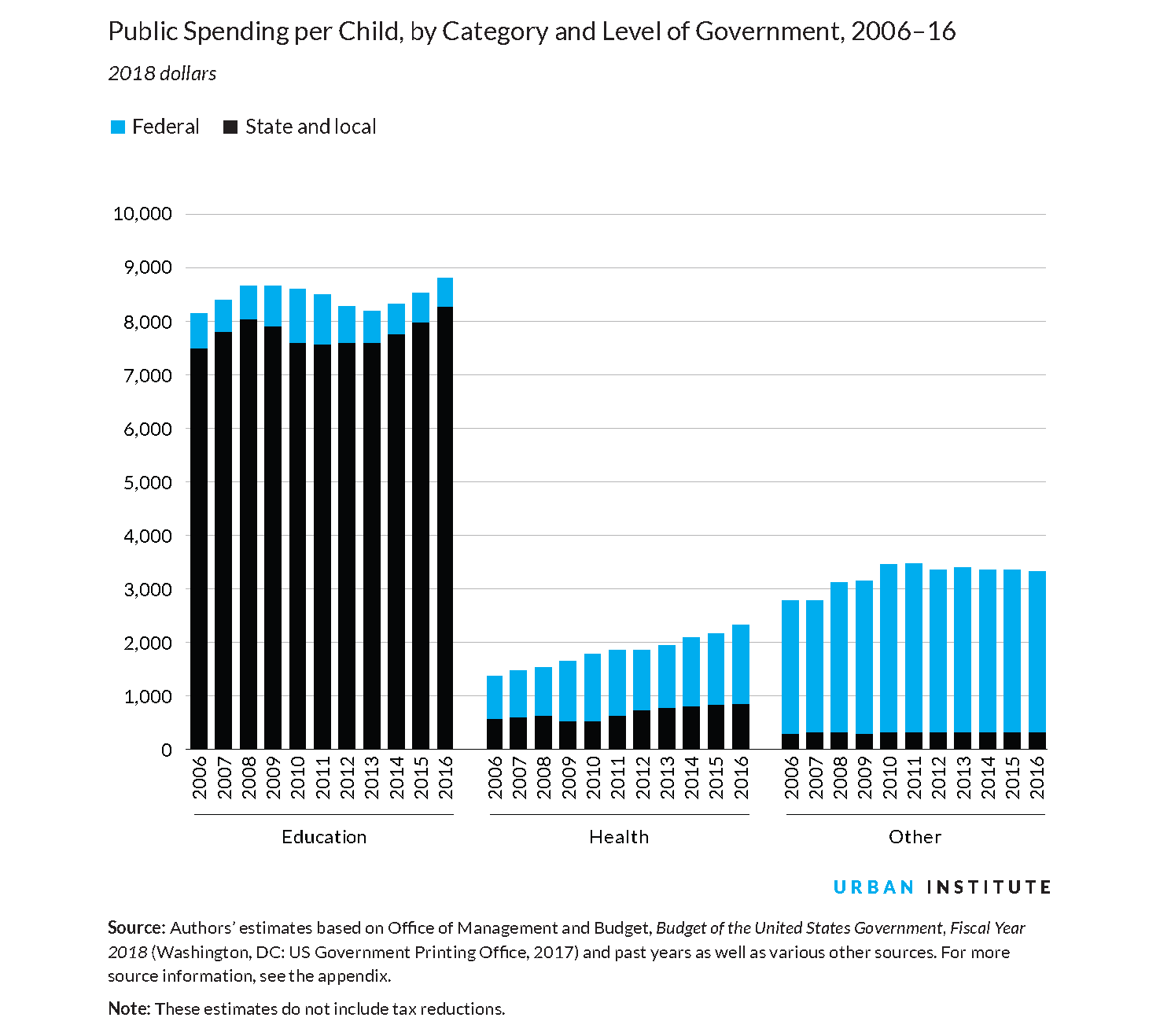
The COVID-19 pandemic has upended people’s lives globally, threatening their health and jobs, and changing how we interact with each other on a daily basis. Lockdowns and social distancing measures have helped combat the virus’s spread, but these measures have also brought the economy to a near standstill. Around 30 million Americans filed for unemployment in the past six weeks, and experts estimate the unemployment rate is around 15 to 20 percent—numbers that already surpass the depths of the Great Recession.
The slowdown will leave many state and local governments with budgetary shortfalls from increased demand for public programs and plummeting revenues. Without federal support, these governments will have to make substantial spending cuts or tax increases to balance budget requirements, with areas such as education, health, and public safety, likely bearing the brunt of the reductions. The most recent data on new unemployment claims indicate we are already seeing state and local governments furloughing or laying off employees.
State and local spending also accounts for the majority of public spending on children, particularly in K–12 education, meaning budget cuts could hurt the development of the next generation of Americans. As policymakers debate allocating state and local aid in the next stimulus package, they should consider how state and local budget cuts affected children’s development and helped prolong the slowdown after the last recession.
Cuts could slow recovery and negatively impact investments in children
During the last economic downturn, state and local governments made significant spending cuts and increased taxes to address severe budget deficits. Even with increases in federal spending and aid, these cuts were a significant drag on the economy, as their fiscal recovery lagged behind the drawdown of these temporary funds.
Although federal spending and aid initially offset state and local declines, federal support pulled back more quickly than state and local spending recovered. For example, overall public spending per child continued its upward trend during the recession but declined in the early years of the recovery.

(Source: Kids’ Share 2019: Report on Federal Expenditures on Children through 2018 and Future Projections)
Growing federal support for children’s health during this period through the Affordable Care Act and federal stimulus funds for Medicaid also obscures sharper declines in other areas when looking at overall public spending on children. Per child public spending on education began decreasing in 2010 and only started increasing again in 2014, but it did not surpass its earlier high until 2016.

(Source: Kids’ Share 2019: Report on Federal Expenditures on Children through 2018 and Future Projections)
The last recession should inform policymakers' decisions on providing state and local aid
In response to the economic crisis, the federal government has already passed a series of emergency bills, committing trillions of dollars to support the economy and fight the coronavirus. Despite the wide-ranging scope of those bills, aid to state and local governments has emerged as a point of contention and will play into future debates.
Even though existing legislation has provided around $240 billion in support to state and local governments, this amount falls far short of need and comes with restrictions. When negotiating the next response bill, policymakers should refer to lessons from the last recession.
First, the potential for cuts in state and local spending to worsen the slump can inform federal debates around appropriate amounts of state and local aid. Second, state and local governments’ slow recovery demonstrates the importance of considering a longer time frame in developing an effective economic response.
Without additional federal support for state and local spending, public investments in children’s education, health, nutrition, housing, income security, and other areas that support children’s development could falter. These reductions mean not only short-term pain for children, families, and those who support them but also potential long-term damage through decreased investment in the next generation.
Young adults entering the economy during economic downturns already face a persistent earnings penalty. Studies during the last recession also found evidence that test scores declined, especially for children from disadvantaged backgrounds.
To best support a robust economic recovery and investment in the next generation, policymakers should think of the pandemic in terms of months and years, rather than weeks and months. Though this downturn is unique because of the cause, speed, and depth of the decline, policymakers can still learn from the last recession to chart a course that accounts for the near future and longer-term consequences.
Tune in and subscribe today.
The Urban Institute podcast, Evidence in Action, inspires changemakers to lead with evidence and act with equity. Cohosted by Urban President Sarah Rosen Wartell and Executive Vice President Kimberlyn Leary, every episode features in-depth discussions with experts and leaders on topics ranging from how to advance equity, to designing innovative solutions that achieve community impact, to what it means to practice evidence-based leadership.